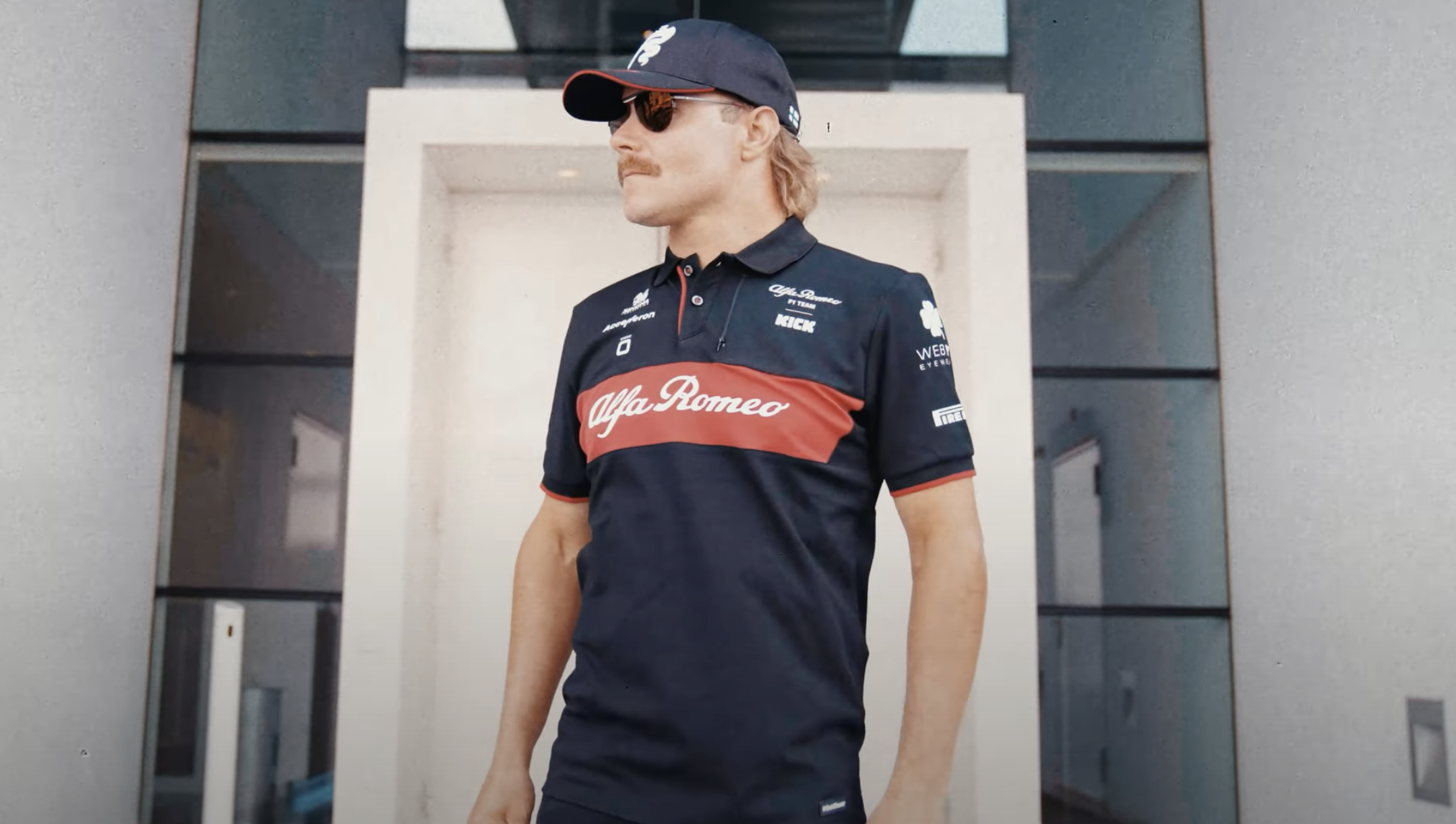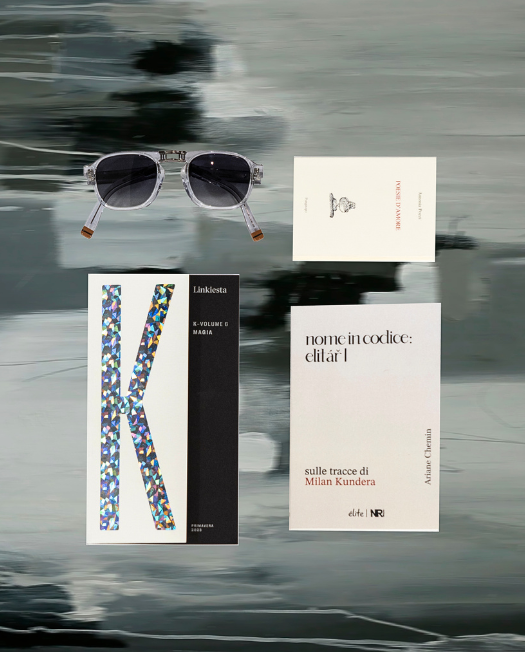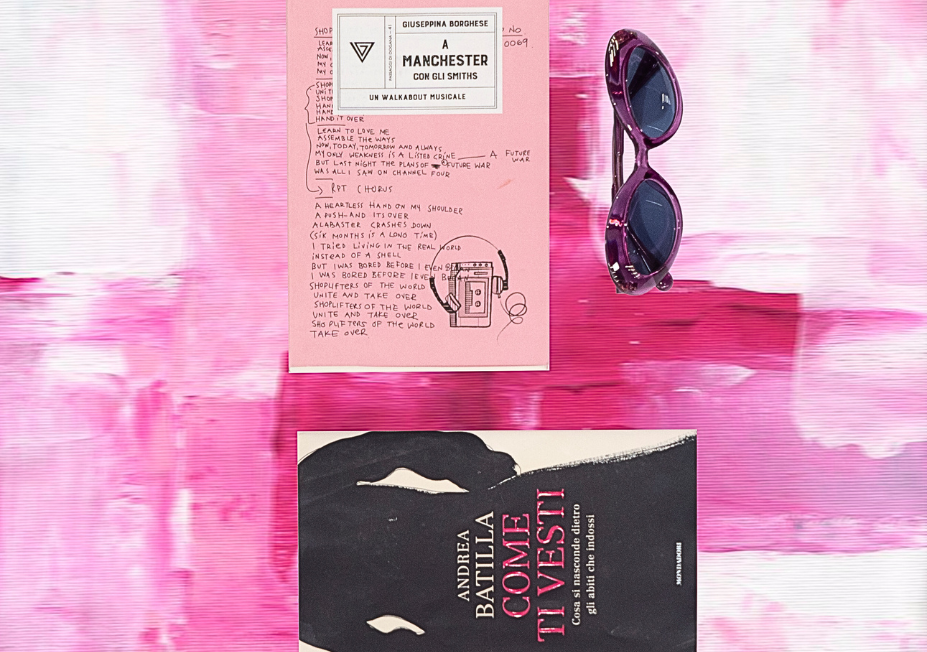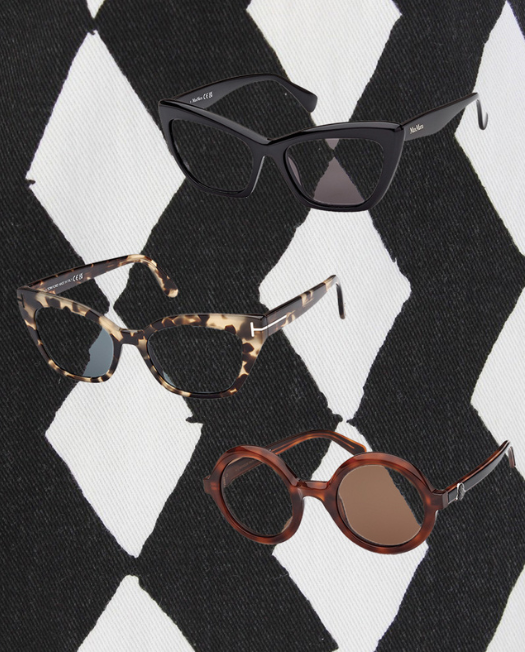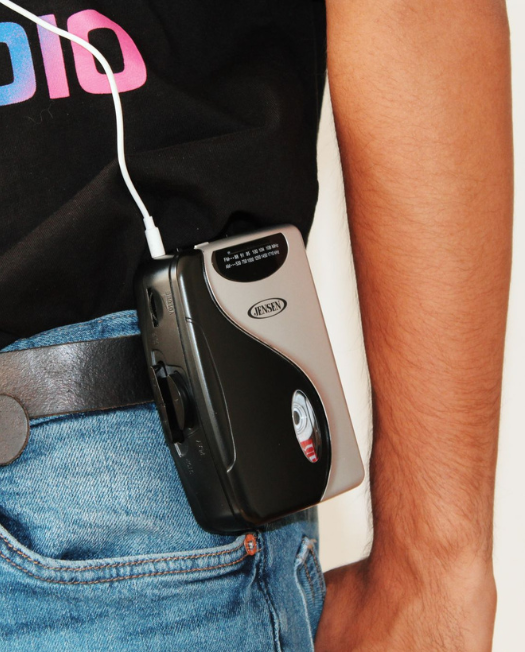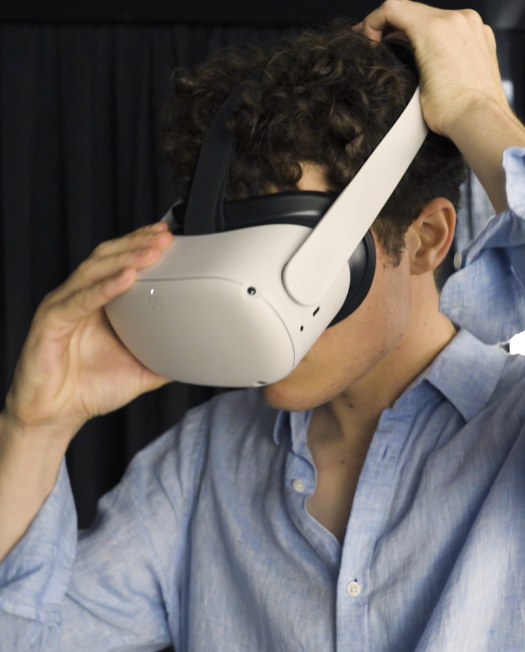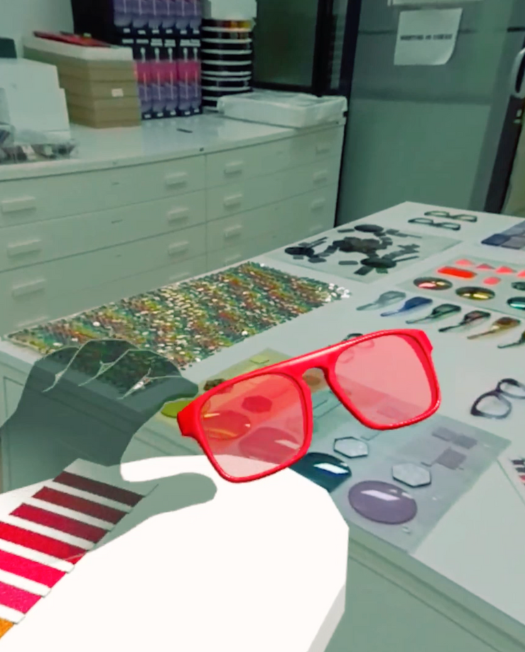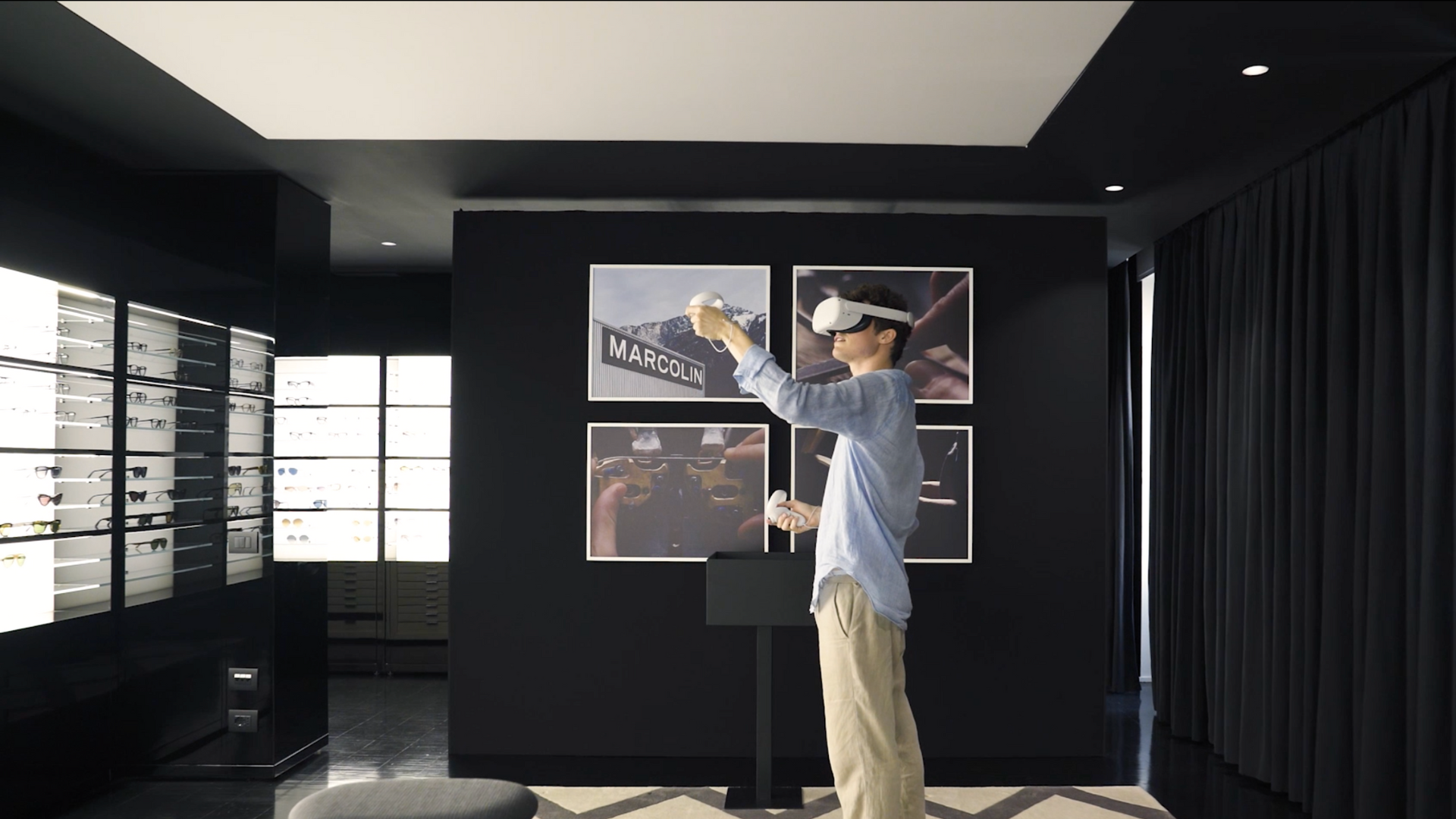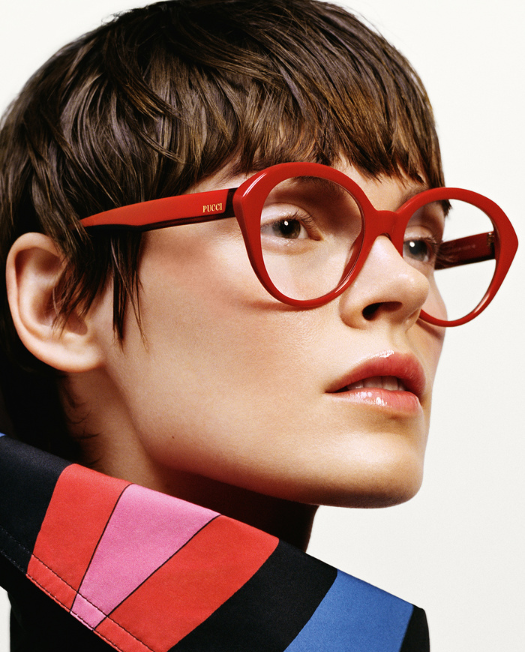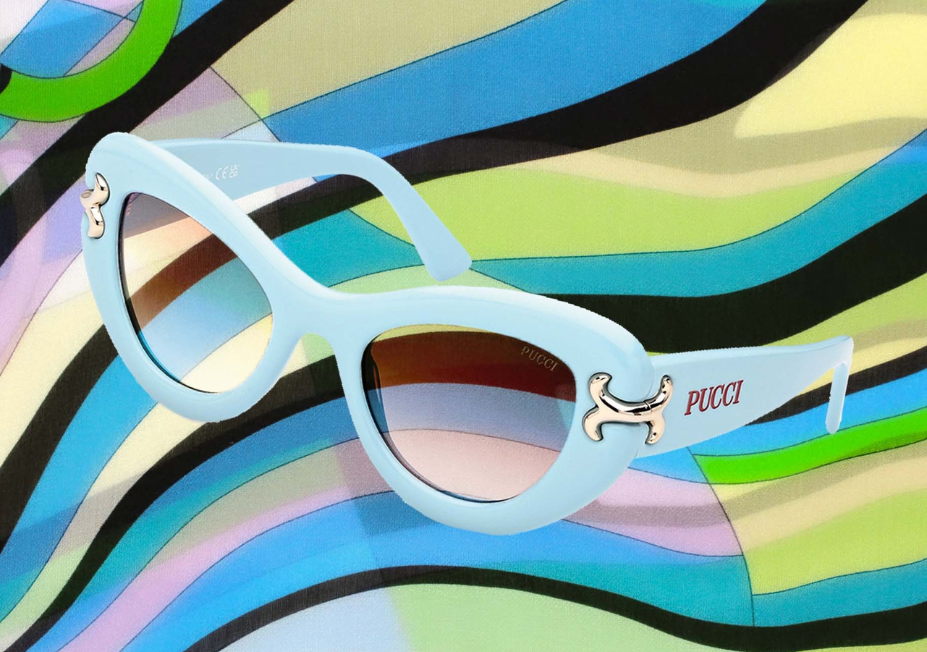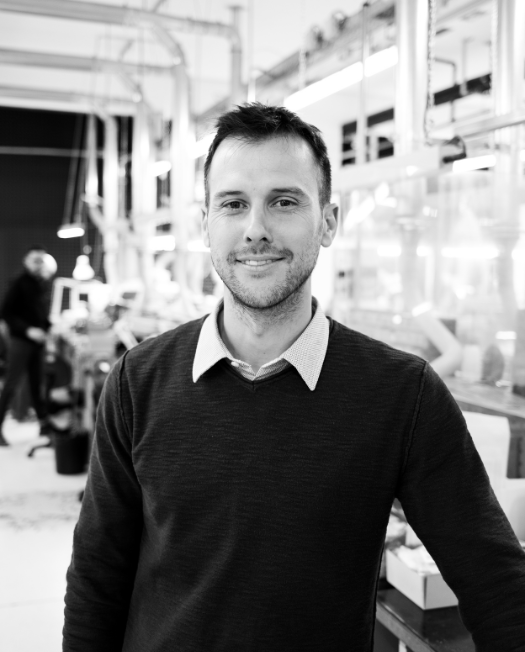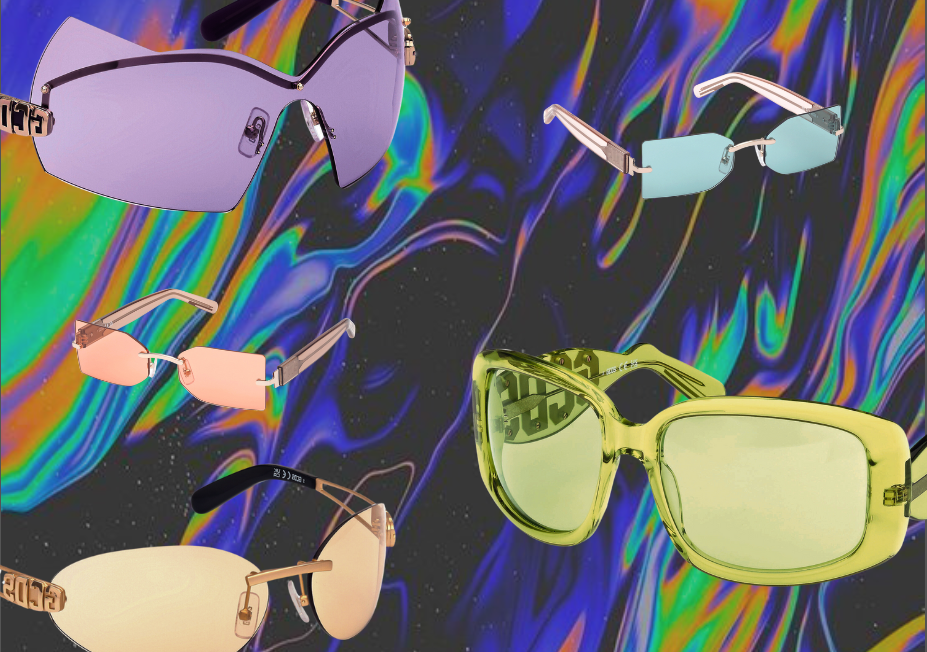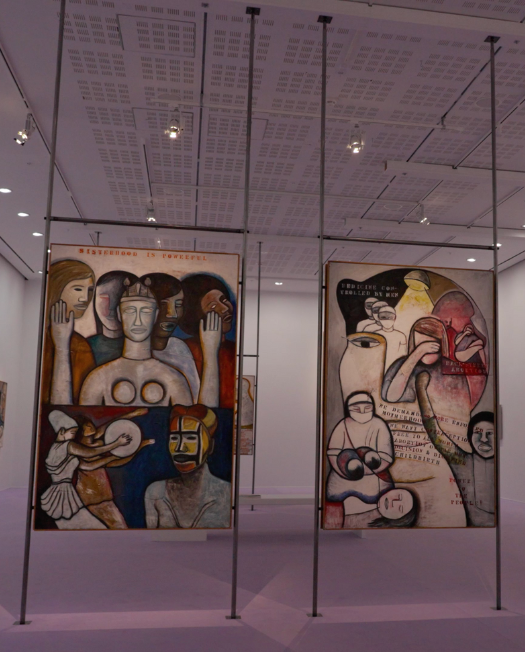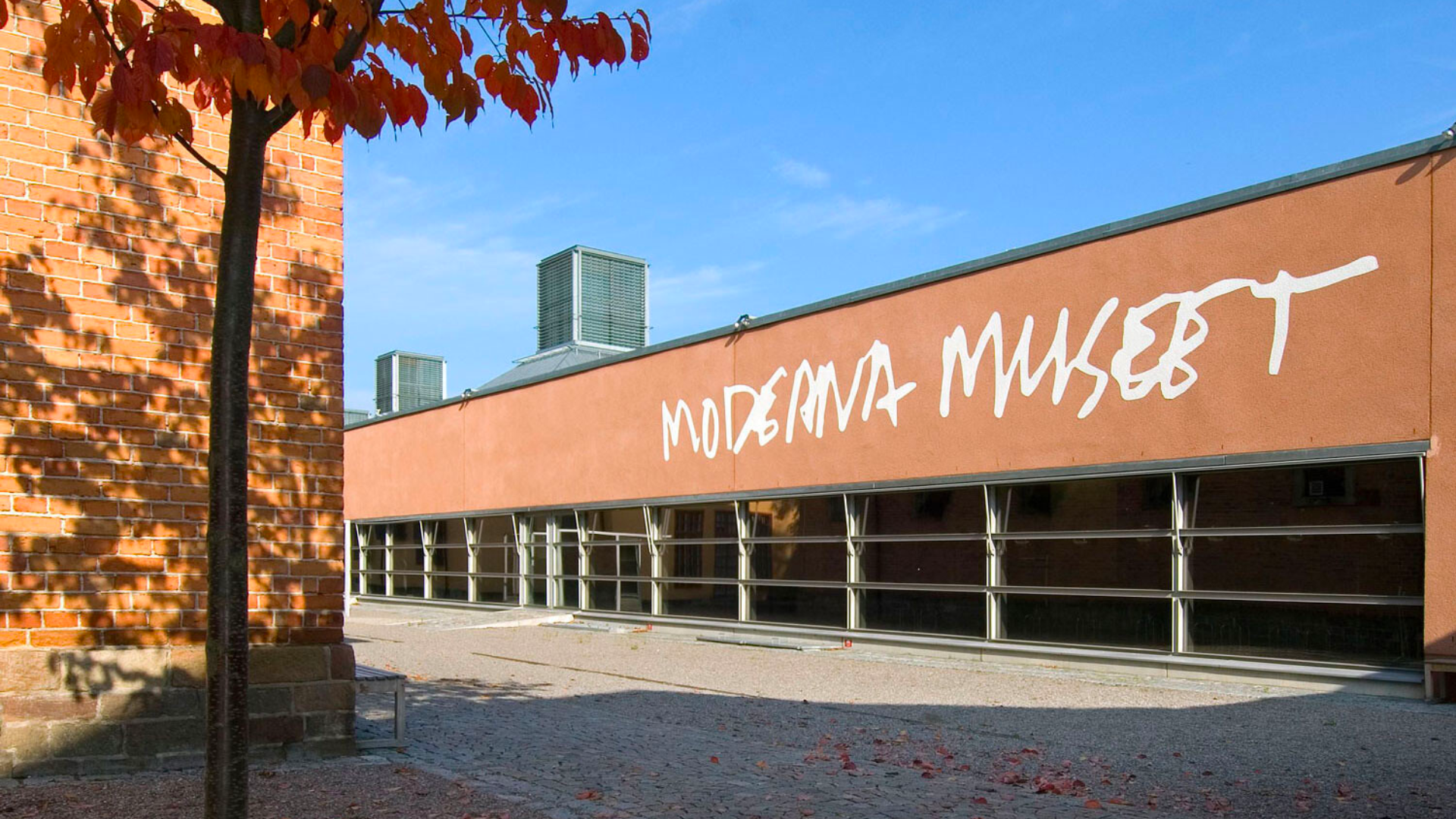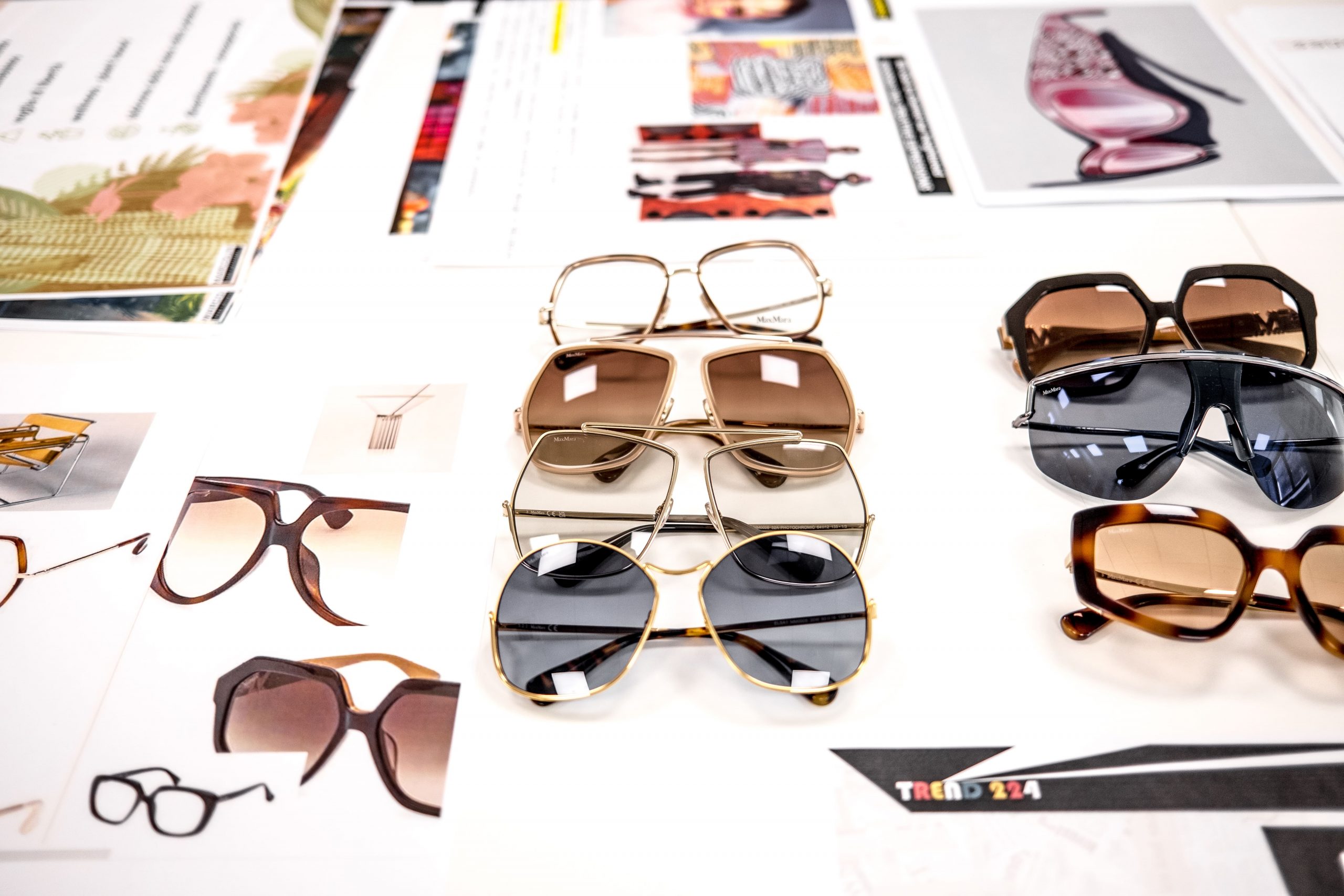Since the very beginning in Fomula One in 2013, to Alfa Romeo Team in 2022. What was the biggest challenge on this journey: the one with yourself, with the other racing drivers or with the Formula One cars?
For me the biggest challenge has been always adapting. Whether it’s a different team and different tracks, different cars each year, always trying to adapt and make the most out of the situation and quite often it’s a new situation. Technology has been another challenge. Things keep on changing and improving as it is a really innovating sport. So staying on top of your game on the technical knowledge side is a challenge.
Is there a special circuit where you feel more comfortable to win and why?
For me a special one is Japan. First of all, because of the track – it’s like a big rollercoaster, it’s so fun to drive – but among all the things is the culture, so different from the European countries. Then the fans are so well behaved and supportive to everyone. On top of that, there is Japanese food. It’s always a nice compromise to go to.
How do dynamism and innovation of your profession coexist in your everyday life?
I would say that also the lifestyle is very busy. Outside the race weekends you are always travelling, always moving and, at the same time, you are trying to keep the best energy levels possible from the start of the season to the end. It is a dynamic and very innovative sport. There is always stuff coming on. There are always new things that you need to learn, new tools to help you to be better whether it’s analysing the data and the telemetry of the driving or whether it’s simulating the set ups for the following weekend. Basically, from when I started F1 to nowadays, there is so much more information and tools to help your performance as a driver but also the cars performance. You really need to make sure that you always understand the situation understanding the data. There is so much stuff that you have to prioritize on which things you focus to be able to perform the best.
